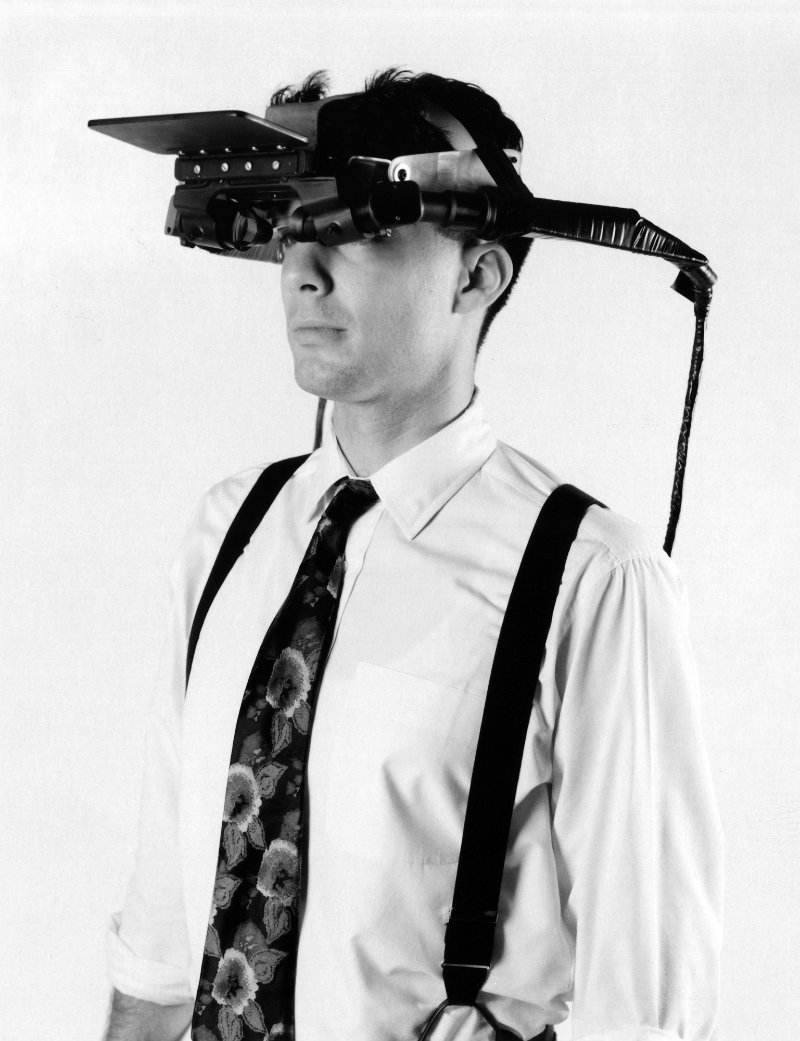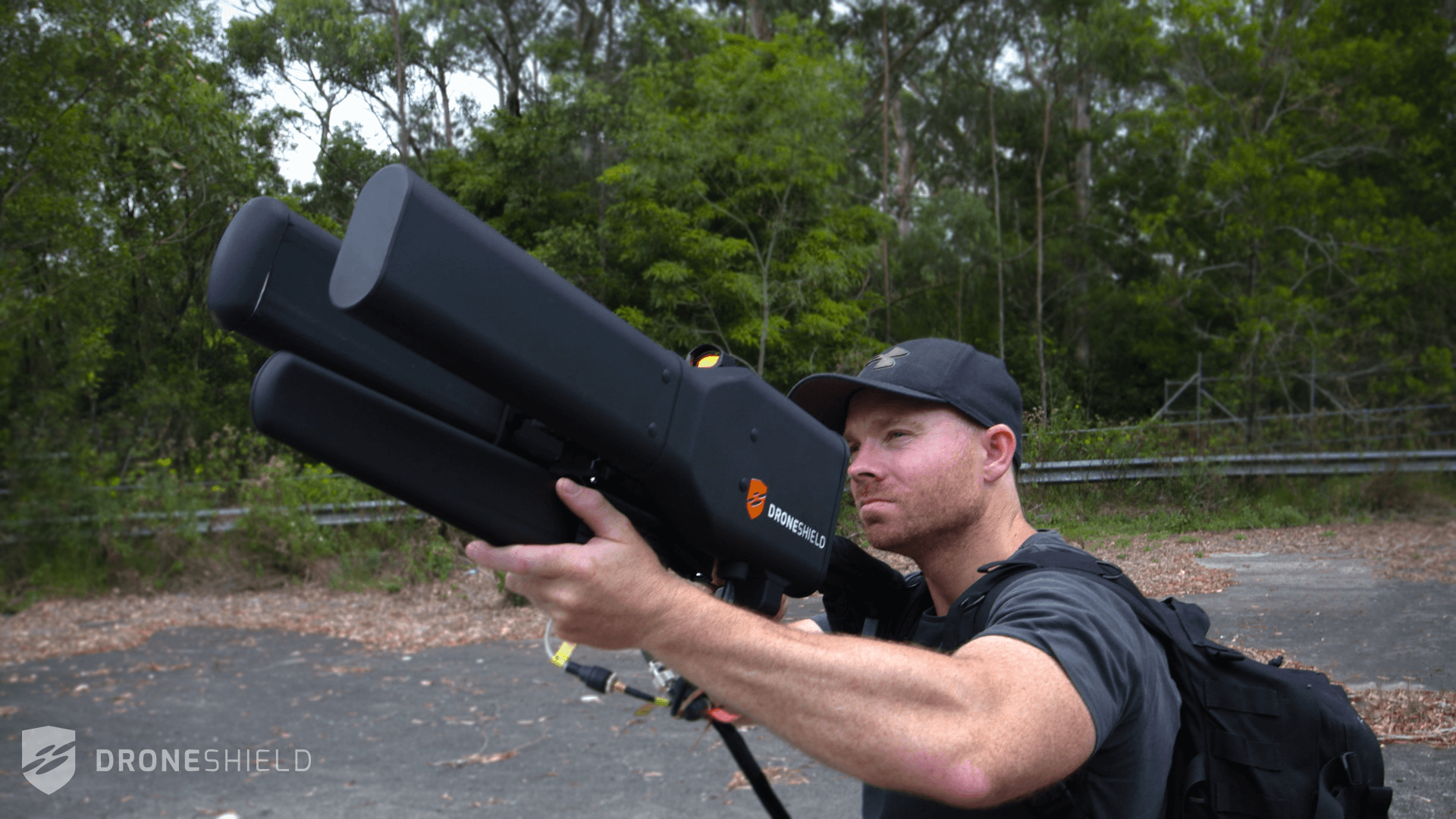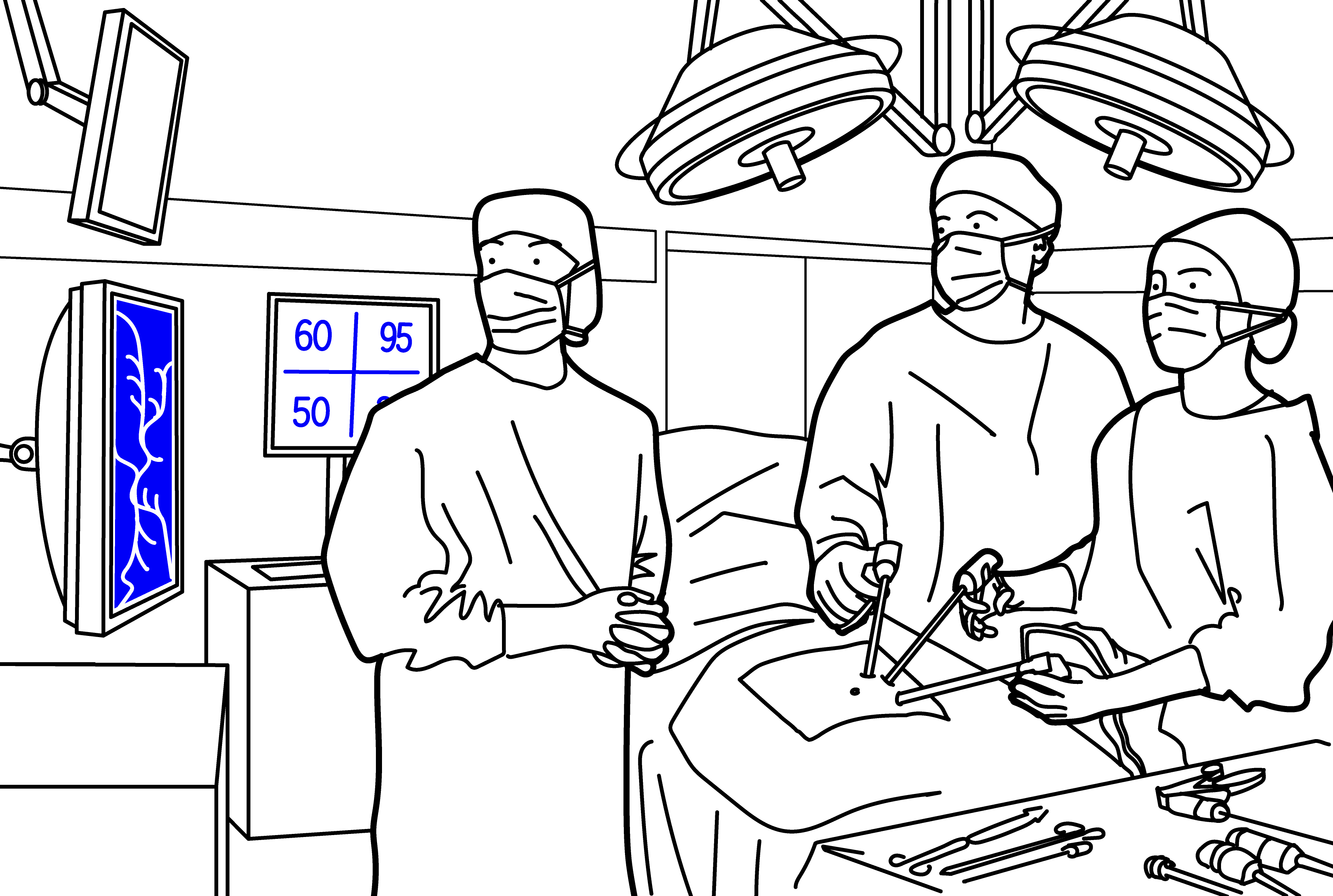Together wir my colleagues Kathrin Friedrich, Christian Stein and Michael Friedman I have edited a volume on head-mounted displays. It is published as a special issue of media tropes entiteled: Conceptualizing Screen Practices: How Head-Mounted Displays Transform Action and Perception. Media Tropes is a highly recommendable, peer-reviewed interdisciplinary eJournal devoted to the study of media and mediation and has a committed editorial team. In the special issue we discuss modalities of interaction and space, design requirements, and the demand for practical knowledge in handling HMDs. This is a crucial undertaking for a critical analysis that could also inform developers and users who seek a broader, as well as a deeper, understanding into how new display technologies reshape visual practices. (Image: Ivan Sutherland, early head-mounted display, 1967)
- Download the full issue including an editorial introduction via Mediatropes or Academia.edu. It is licensed under a Creative Commons Attribution-NonCommercial-NoDerivatives 4.0 International License.
- Citation: Michael Friedman, Kathrin Friedrich, Moritz Queisner, Christian Stein (2016) Conceptualizing Screen Practices: How Head-Mounted Displays Transform Action and Perception. Media Tropes, Vol 6, No 1.
- Content:
- Michael Friedman, Kathrin Friedrich, Moritz Queisner, Christian Stein: Editorial Introduction: Conceptualizing Screen Practices: How Head-Mounted Displays Transform Action and Perception
- Lasse Scherffig: Moving into View: Enacting Virtual Reality.
- Moritz Queisner: Medical Screen Operations: How Head-Mounted Displays Transform Action and Perception in Surgical Practice.
- Christian Stein: Virtual Reality Design: How Head-Mounted Displays Change Design Paradigms of Virtual Reality Worlds
- Kathrin Friedrich: Therapeutic Media: Treating PTSD with Virtual Reality Exposure Therapy
- Michael Friedman: Head-Mounted Display Screens: A (De)Construction of Sense-Certainty?






